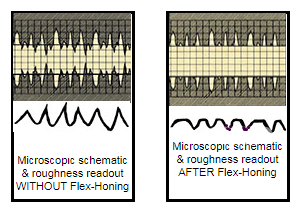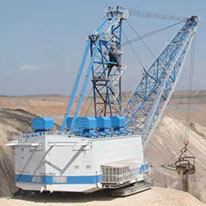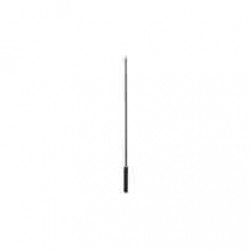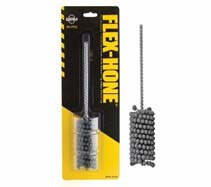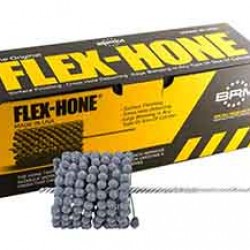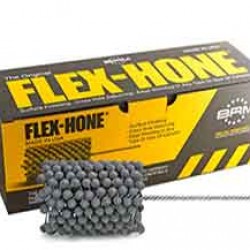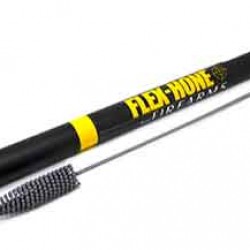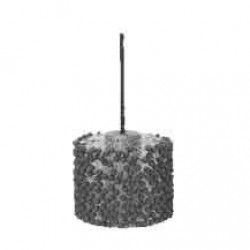GET IN TOUCH
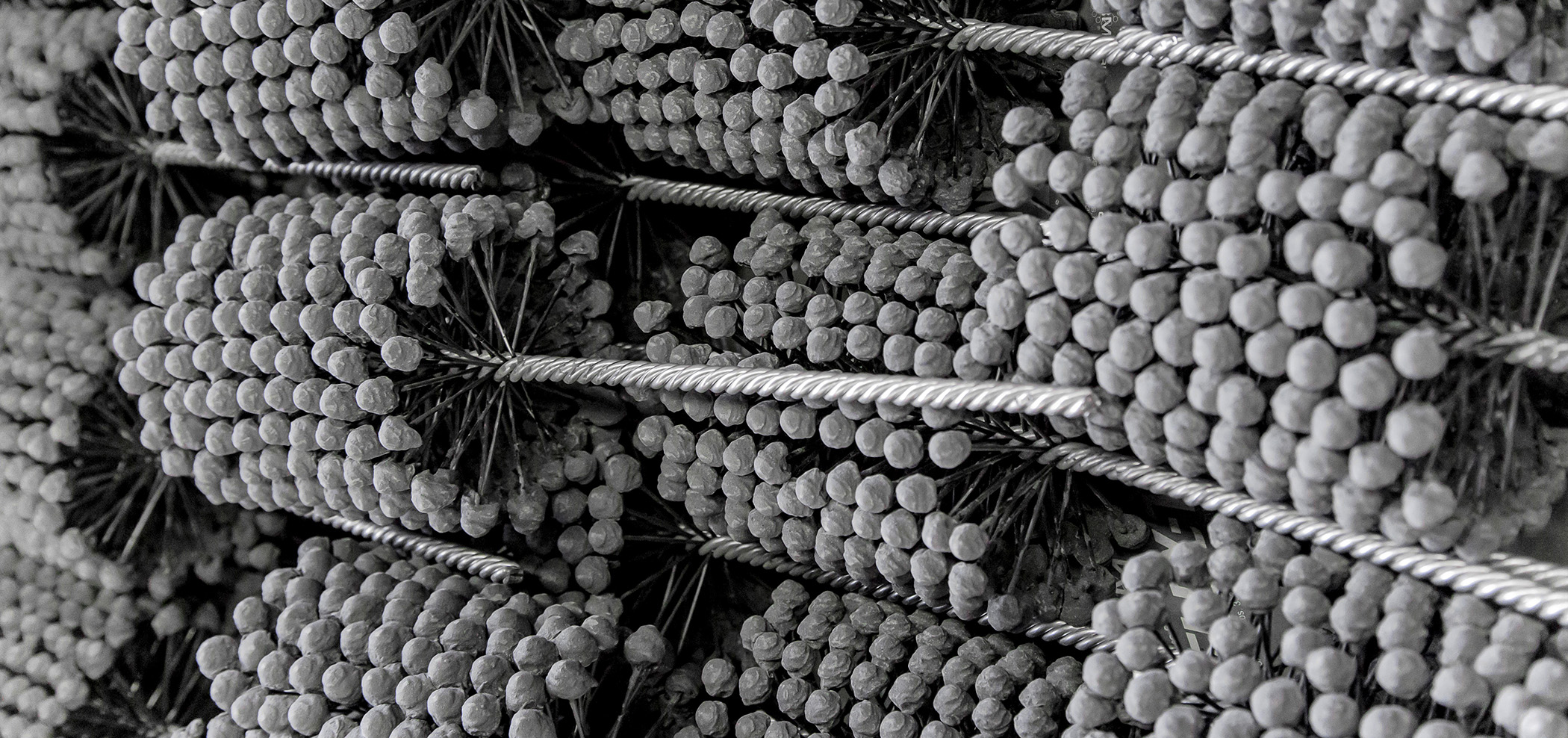
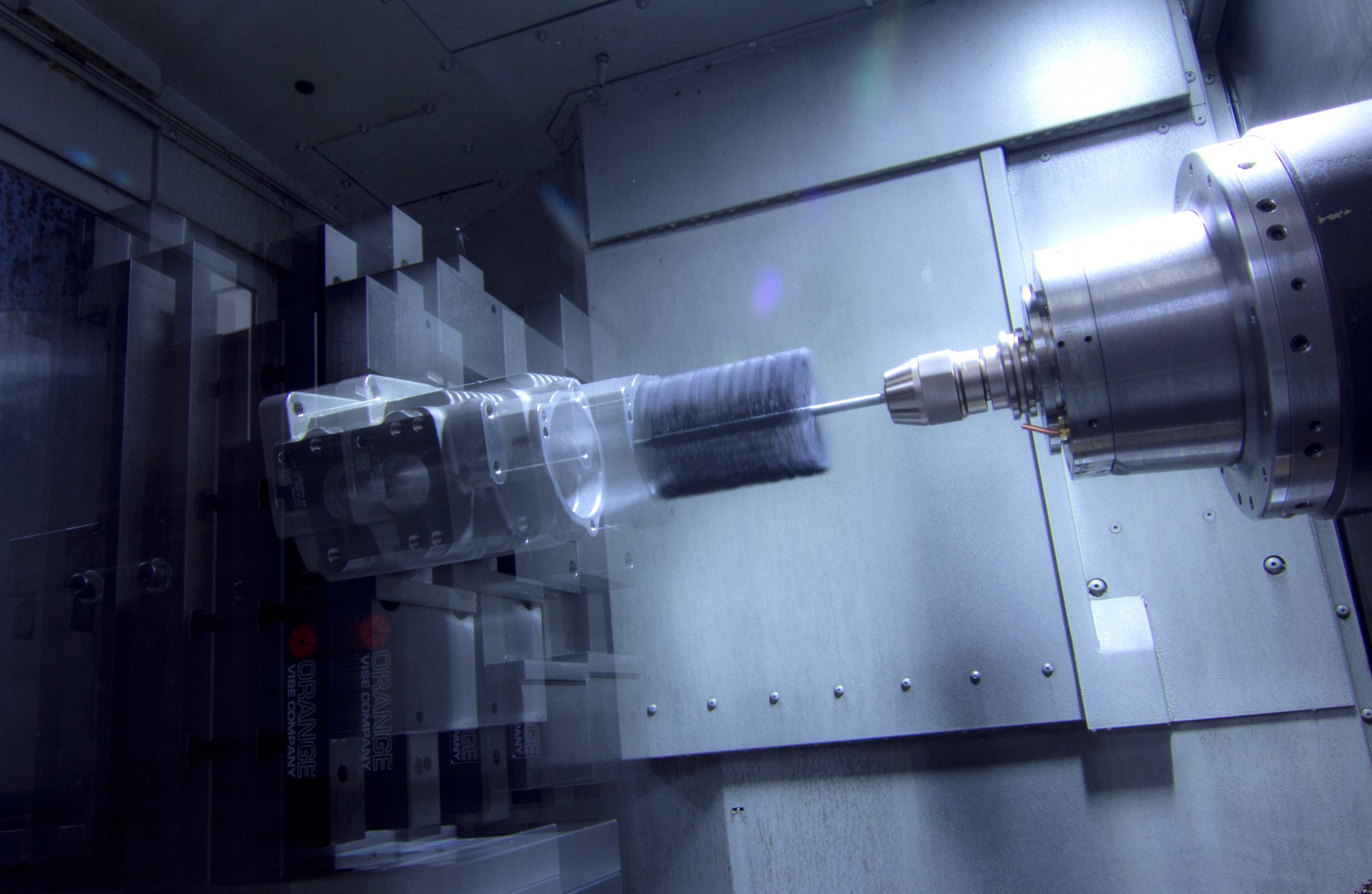
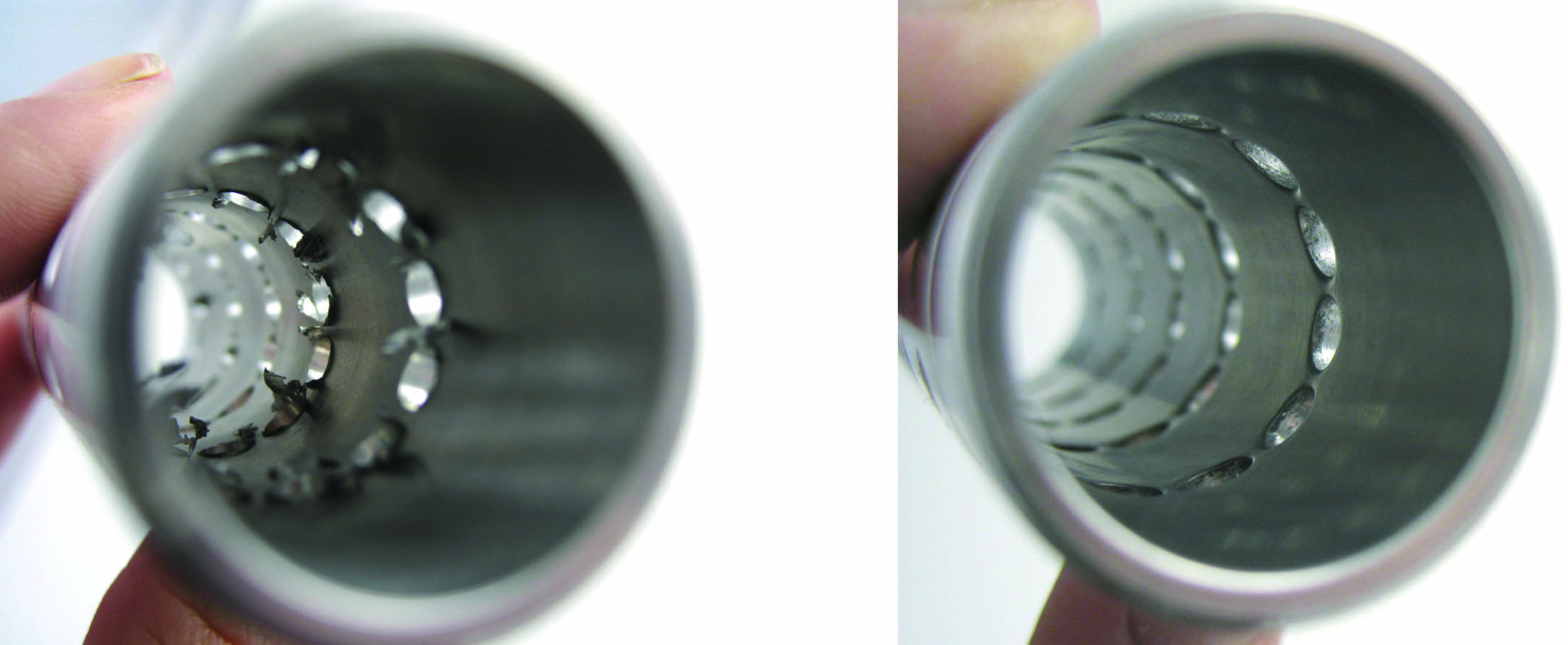
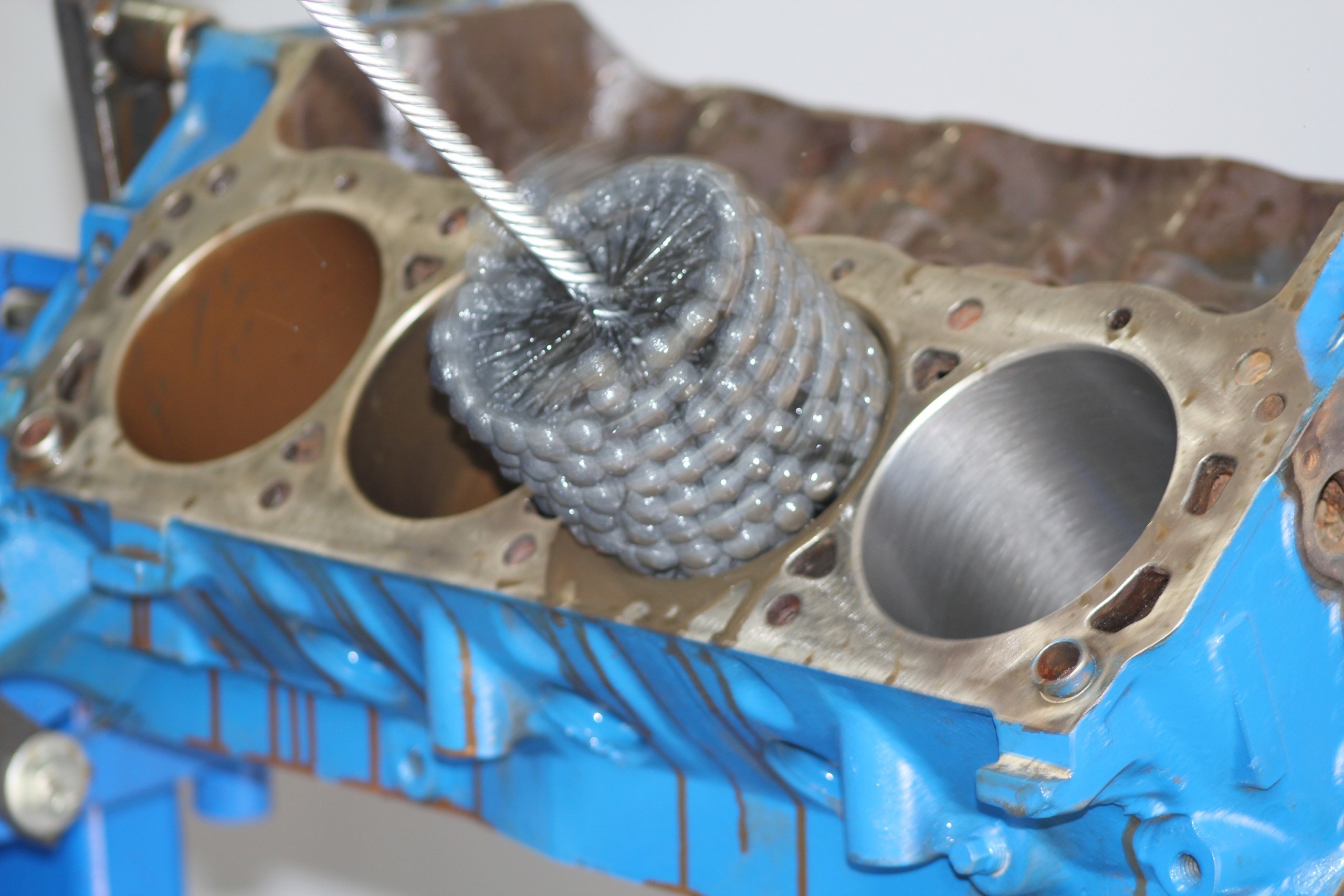
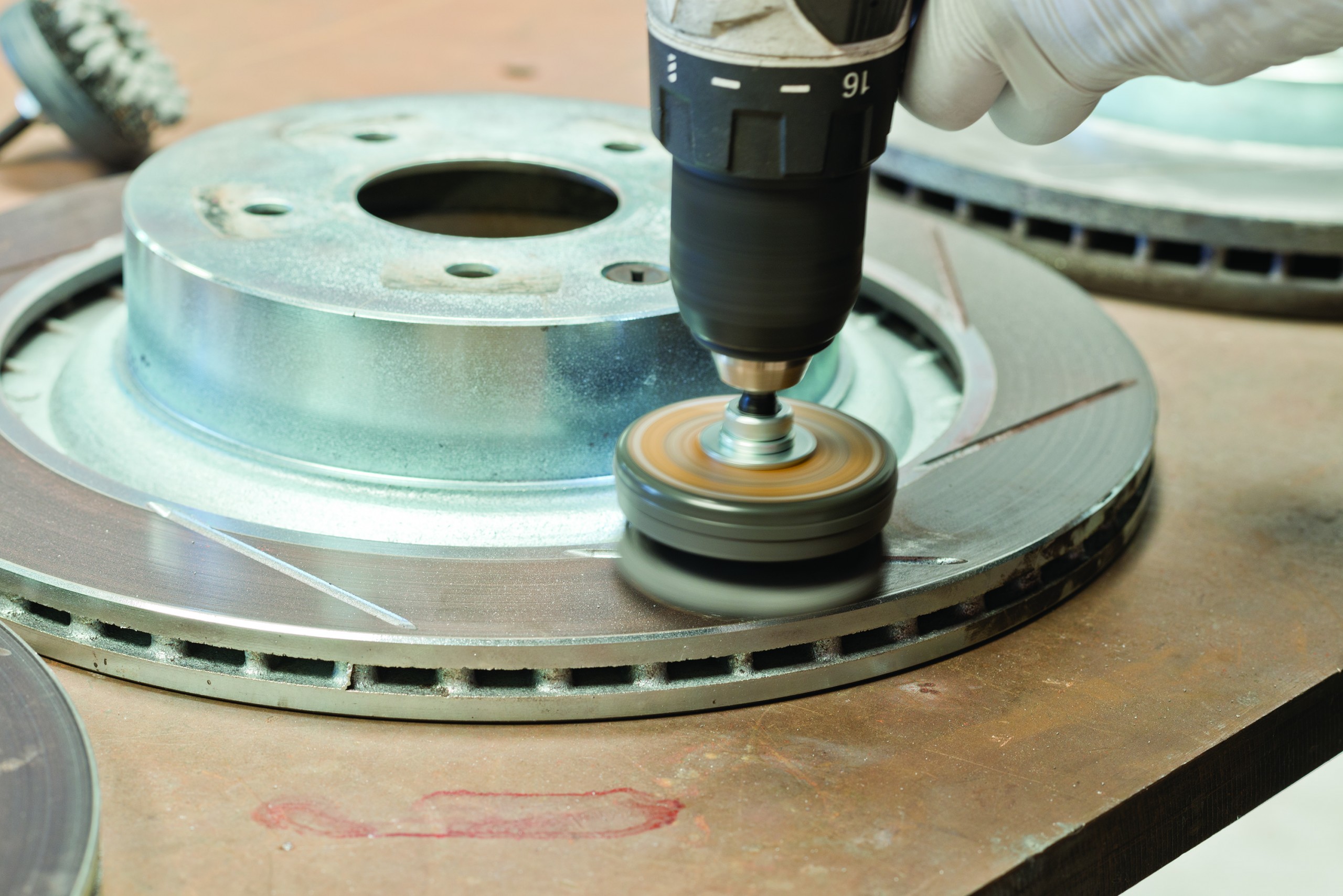
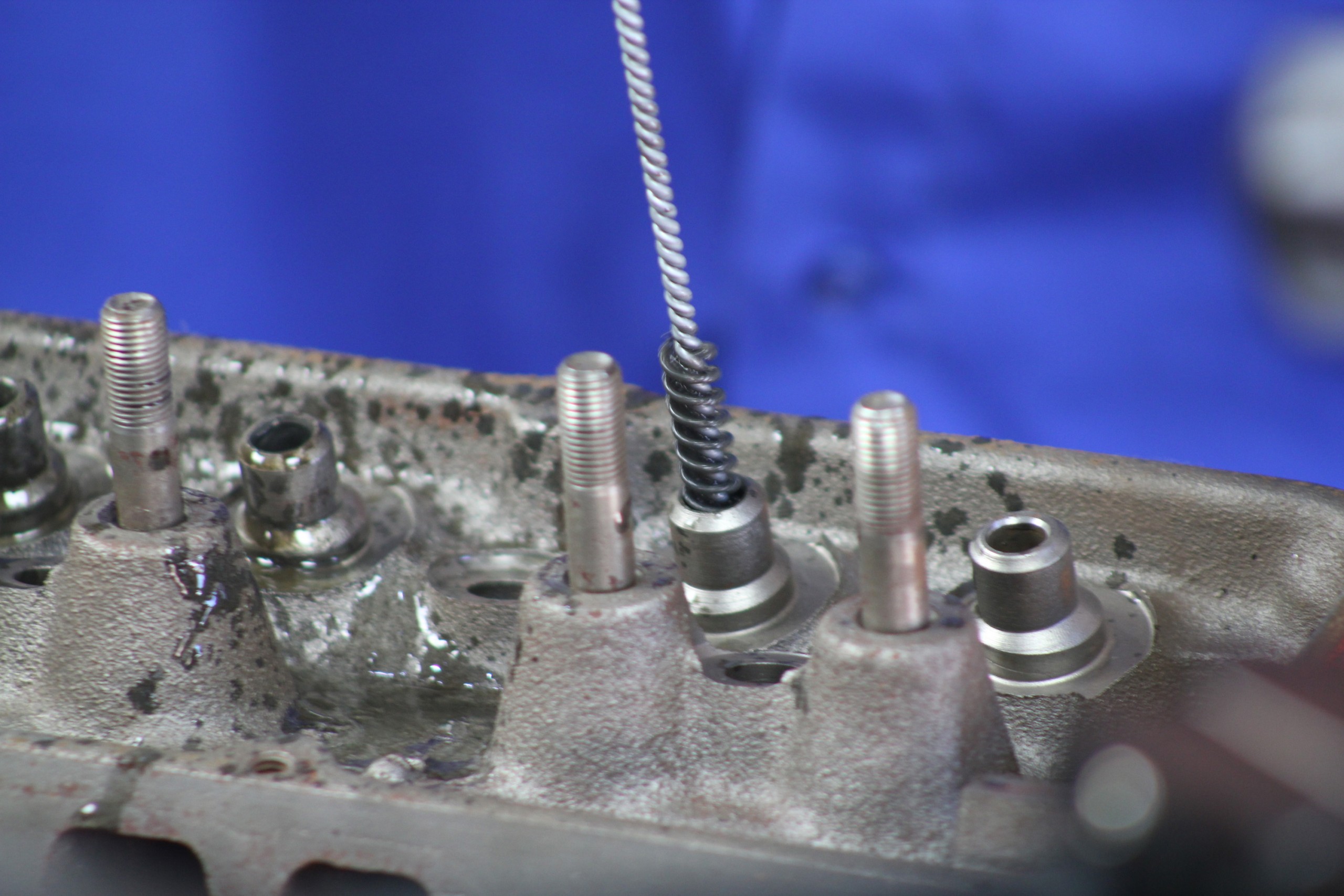
Adelaide South Australia, Brisbane Queensland, Melbourne Victoria, Northern Territory, Perth WA, Sydney NSW, Tasmania direct shipping from comprehensive stock
Flex-Hone cylinder hone tools for deburring, honing cylinders, boiler cleaning & heat exchanger cleaning. Used in hydraulics & engines – large marine engines down to 4mm valve guides & tube. Cross Tools Co is also importer of the Time-Sert & Helicoil type thread insert, thread repair kits and E-Z Lok threaded inserts for plastic, wood & metal.
Simply because you’ll increase the service life of many pieces of equipment by very worthwhile amounts. For instance customers report such things as double life between heat exchanger cleaning – up to 9 times the life of hydraulic seals and in the race car engines – far less downtime etc., etc

How does Flex-Hone offer these gains?
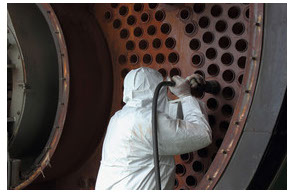
Well, let’s explain . . . when you finish by using Flex-Hones you produce a more frictionless surface than you could create with any other tool and by doing this you prevent premature wear in any mating parts like piston rings and seals. And in heat exchanger tubes you produce a finish that’s actually better than new . That’s why you get such radical improvement in the service life and performance of equipment
And why you gain these advantages is because Flex-Hones use a totally different method of metal finishing to any other machining or surface treatment process. We call it “downwards” finishing. Almost all other types of metal processing use “upwards” cutting. Let’s explain . . . cutting tools of any type must penetrate below the surface and lift material up and off the workpiece. Ordinary abrasives do exactly the same thing because they’re just like thousands of miniature cutting tools. This always leaves a jagged finish even if it’s so minute you can’t see the sharp peaks (see Diagram #1 and the corresponding roughness readout below).On the other hand Flex-Hones rub from the top of the work surface and smooth the jagged peaks downwards leaving a “plateaued” or flatter finish without jagged peaks (See Diagram #2 and the corresponding roughness readout).
